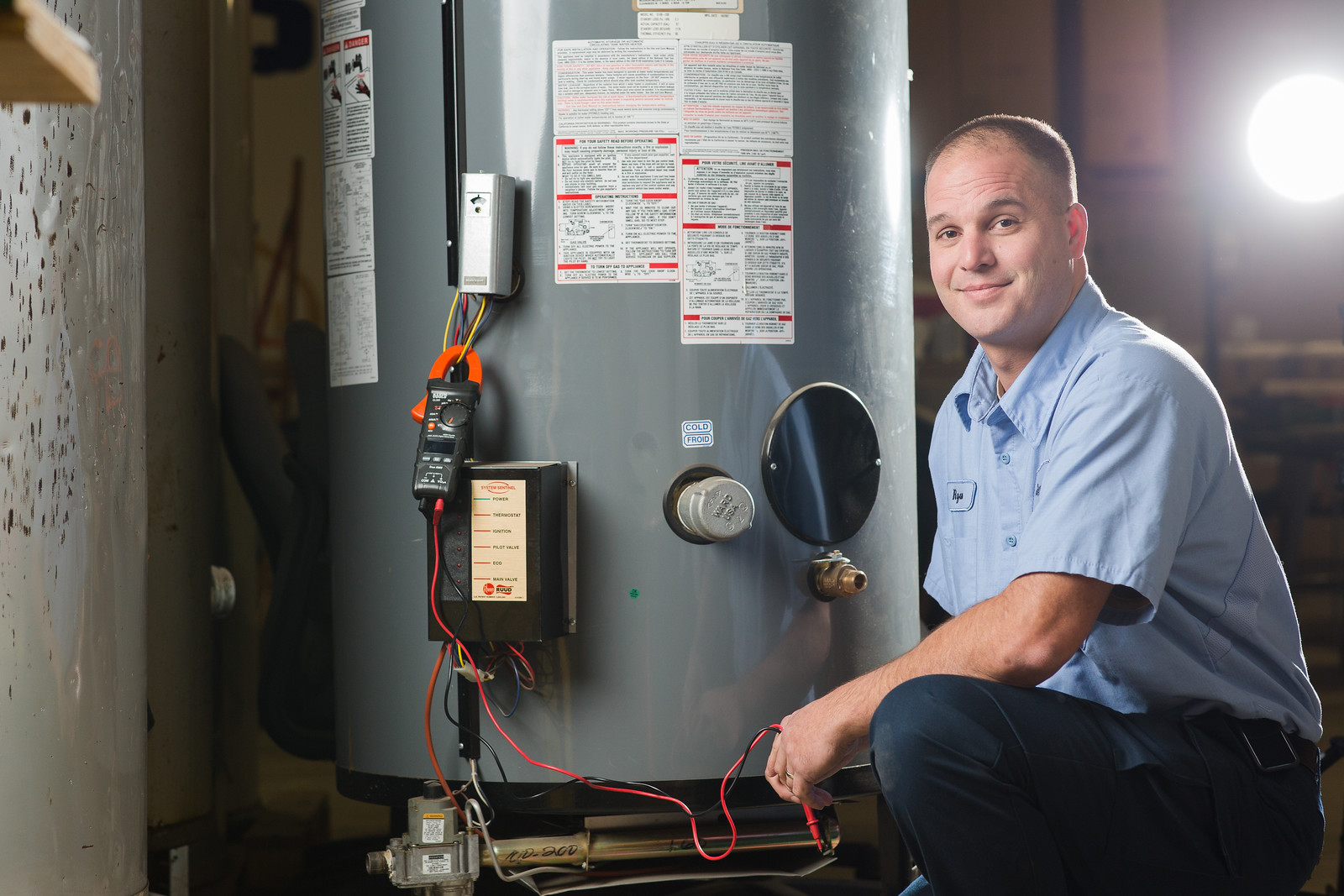Ensuring Longevity of Your Home's Hot Water System: Maintenance TipsImportant Advice on Caring for Your Home's Hot Water SystemStraightforward Methods to Care for Your Home's Hot Water System Effectively
Visit Our SiteWe've noticed the article pertaining to How to Maintain a Hot Water Heater in a Few Simple Steps down the page on the internet and decided it made perfect sense to discuss it with you over here.

Hot water is important for daily convenience, whether it's for a rejuvenating shower or cleaning dishes. To ensure your hot water system runs effectively and lasts much longer, routine maintenance is key. This article supplies useful tips and insights on how to preserve your home's hot water system to stay clear of disturbances and expensive repairs.
Introduction
Preserving your home's hot water system might appear difficult, yet with a few basic steps, you can ensure it operates efficiently for many years to come. This overview covers everything from recognizing your hot water system to do it yourself maintenance pointers and recognizing when to contact professional assistance.
Importance of Preserving Your Hot Water System
Normal maintenance not only extends the life expectancy of your hot water system yet also guarantees it operates efficiently. Neglecting maintenance can bring about lowered effectiveness, greater energy costs, and even premature failing of the system.
Indicators Your Warm Water System Needs Maintenance
Knowing when your warm water system needs attention can avoid significant concerns. Watch out for signs such as inconsistent water temperature level, unusual noises from the heating system, or rusty water.
Comprehending Your Warm Water System
Before diving right into maintenance jobs, it's helpful to understand the basic elements of your hot water system. Typically, this consists of the hot water heater itself, pipelines, anode poles, and temperature level controls.
Monthly Maintenance Tasks
Normal monthly checks can help catch minor issues before they intensify.
Purging the Hot Water Heater
Flushing your hot water heater removes sediment buildup, boosting efficiency and prolonging its life.
Monitoring and Changing Anode Rods
Anode rods stop corrosion inside the container. Examining and replacing them when worn is critical.
Evaluating and Adjusting Temperature Settings
Adjusting the temperature level setups makes certain optimum efficiency and security.
DIY Tips for Maintenance
You can carry out a number of maintenance tasks on your own to maintain your hot water system in top problem.
Looking for Leaks
Consistently evaluate pipelines and links for leakages, as these can bring about water damages and higher costs.
Checking Pressure Relief Valves
Testing the pressure safety valve ensures it works properly and prevents excessive stress accumulation.
Protecting Pipes
Shielding warm water pipes lowers warmth loss and can save power.
When to Call a Specialist
While do it yourself upkeep is advantageous, some concerns require professional knowledge.
Facility Issues Requiring Professional Assistance
Instances include major leakages, electrical problems, or if your water heater is continually underperforming.
Regular Specialist Upkeep Perks
Expert maintenance can consist of detailed assessments, tune-ups, and guaranteeing conformity with security criteria.
Final thought
Routine maintenance of your home's hot water system is essential for efficiency, long life, and price savings. By following these ideas and understanding when to look for professional assistance, you can ensure a reliable supply of warm water without unexpected interruptions.
How to Maintain an Instant Hot Water Heater
Before tinkering with your hot water heater, make sure that it’s not powered on. You also have to turn off the main circuit breaker and shut off the main gas line to prevent accidents. Also turn off the water valves connected to your unit to prevent water from flowing into and out of the appliance. 2. When you’re done, you have to detach the purge valves’ caps. These look like the letter “T” and are situated on either side of the water valves. Doing so will release any pressure that has accumulated inside the valves while at the same time avoid hot water from shooting out and burning your skin. 3. When the purge valves’ caps are removed, you have to connect your hosing lines to the valves. Your unit should have come with three hoses but if it didn’t, you can purchase these things from any hardware or home repair shops. You can also get them from retail stores that sell water heating systems. Read the user’s manual and follow it to complete this task properly. When the hosing lines are connected, open the purge port’s valves. 4. You should never use harsh chemical cleaners or solutions when cleaning your unit. Make use of white vinegar instead. It should be undiluted and you’ll probably use about 2 gallons. 5. Now flush your water heater. This task should probably take about 40 minutes. We can’t give you specific directions for this because the procedure is carried out depending on the type, model and brand of your heater. With that being said, refer to the user’s manual. 6. When you’re done draining the unit, you have to turn off the purge port valves again. Remove the hosing lines that you earlier installed on each of the water valves. Put the valve caps (purge port) back in their respective places and be very careful so as not to damage the rubber discs that are found inside these caps. 7. Now that everything’s back in place, check your user’s manual again to find out how to reactivate your water heating system. 8. Once it is working, turn one of your hot water faucets on just to let air pass through the heater’s water supply pipes. Leave the tap on until water flows smoothly out of it. https://www.orrplumbing.com/blog/2014/september/how-to-maintain-an-instant-hot-water-heater/

I ran across that entry on What Kind of Maintenance Do Water Heaters Need? when surfing around the web. Appreciated our post? Please share it. Help another person find it. Many thanks for being here. Return soon.
Go Services